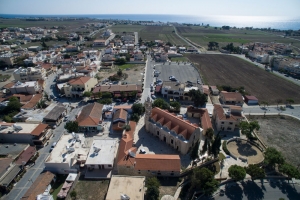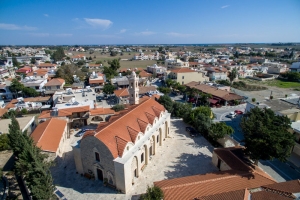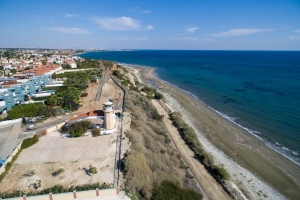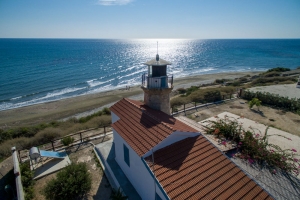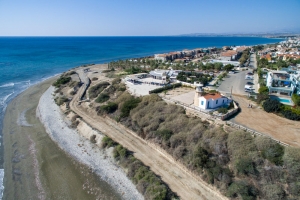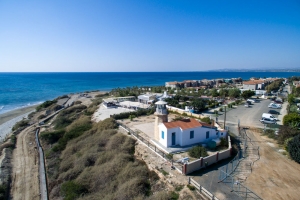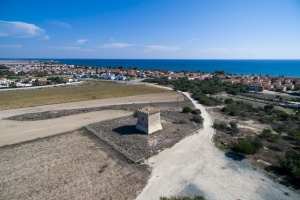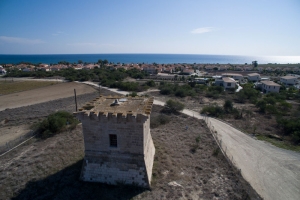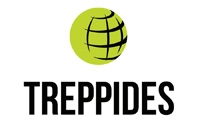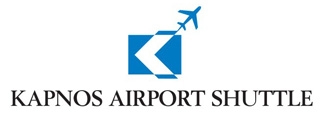PERVOLIA
A beautiful village which is located at the south coast of Cyprus, 16 kilometres away from the town of Larnaca and 55 kilometres away from the capital of Cyprus Nicosia. It is built on the coast plain of Larnaca and the village’s scenery presents a gradient towards the sea. Pervolia is adorned by a breathtaking 4 kilometres-long beach.
In the very ancient years, Pervolia used to be the rest place for the Kings and the rich people of the area. Our village, Pervolia, was named after its abundant gardens, meaning the rich in production fields and the thousands of productive trees.
Pervolia used to belong to the royal family of the Lousinianians during the Frankish Period, which lasted from 1191 until 1489. The last owner of this period was Charles Louzinianos, who was persecuted by King Iacovos the Fatherless because he supported Queen Charlotte. King Iacovos removed the ownership of Pervolia from Charles by issuing a decree. During the Venetian Period, Pervolia was sold to the Greek family of Podokatares and the last owner was Ektoras Podokatoras (period 1489 – 1571).
In the Community of Pervolia there are two important cultural elements; those being the two churches of the village. One of them is dedicated to Agios Leontios the Miracle-maker and it is dated back to the year 1500 A.D. Internally, there are hagiographies on the walls of the church. The other church is dedicated to the Great Martyr Agia Eirini and was built in 1903 by residents of the village. It is situated in the centre of the community. A relic of the Venetian Occupation is the Tower of Regaena, a monument protected by the Department of Antiquities with the distinctive blazons of the Venetian officials and the lion of Agios Markos, a symbol of the Venetian Democracy. A relic of the British Occupation is the Light House of Pervolia, which is a landmark for Pervolia and which has been lightening the routes of the ships for decades. In the area of the light house there are well known as well as unknown shipwrecks, something concluded by the several objects and remains of these shipwrecks found by fishermen divers at the bottom of the sea.
